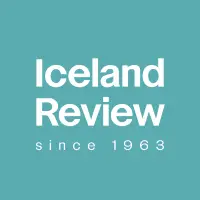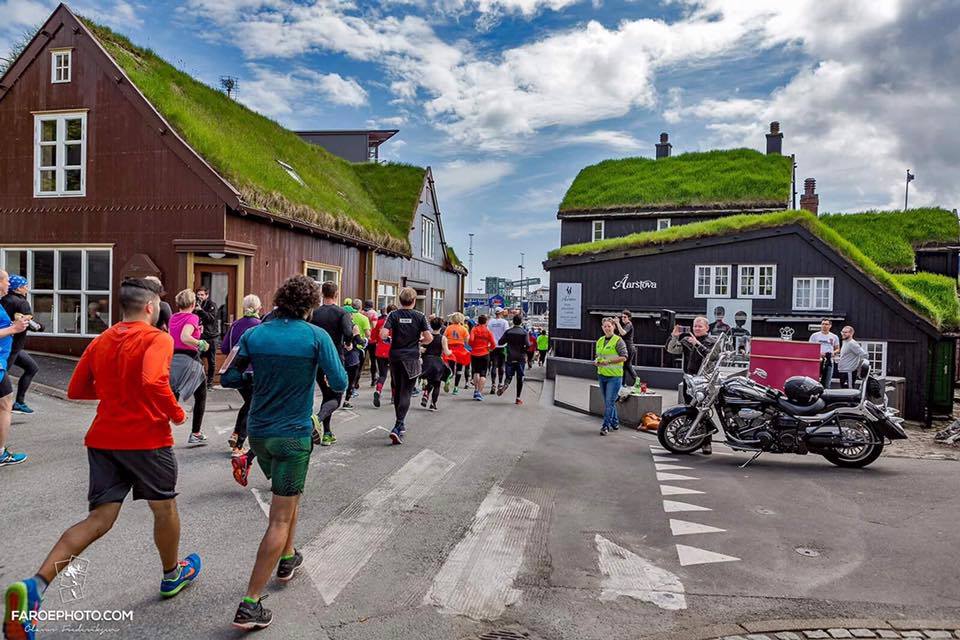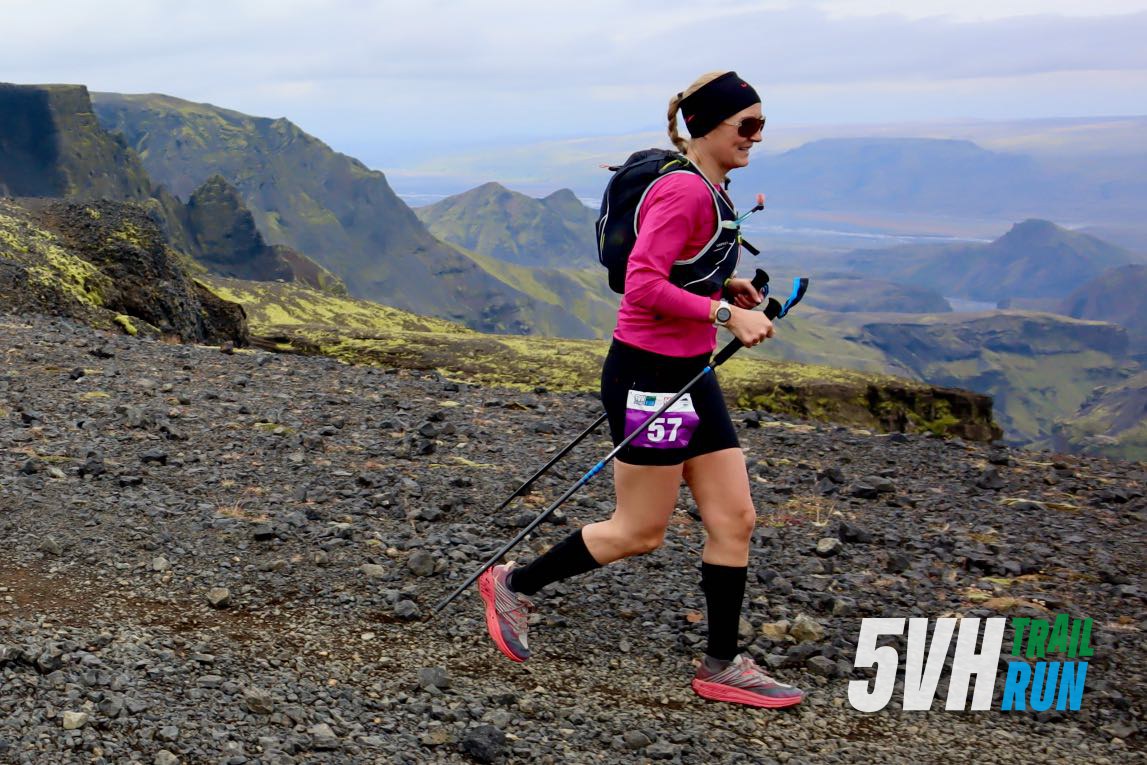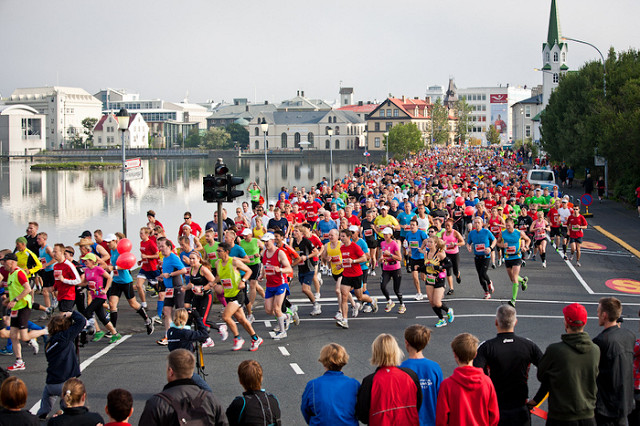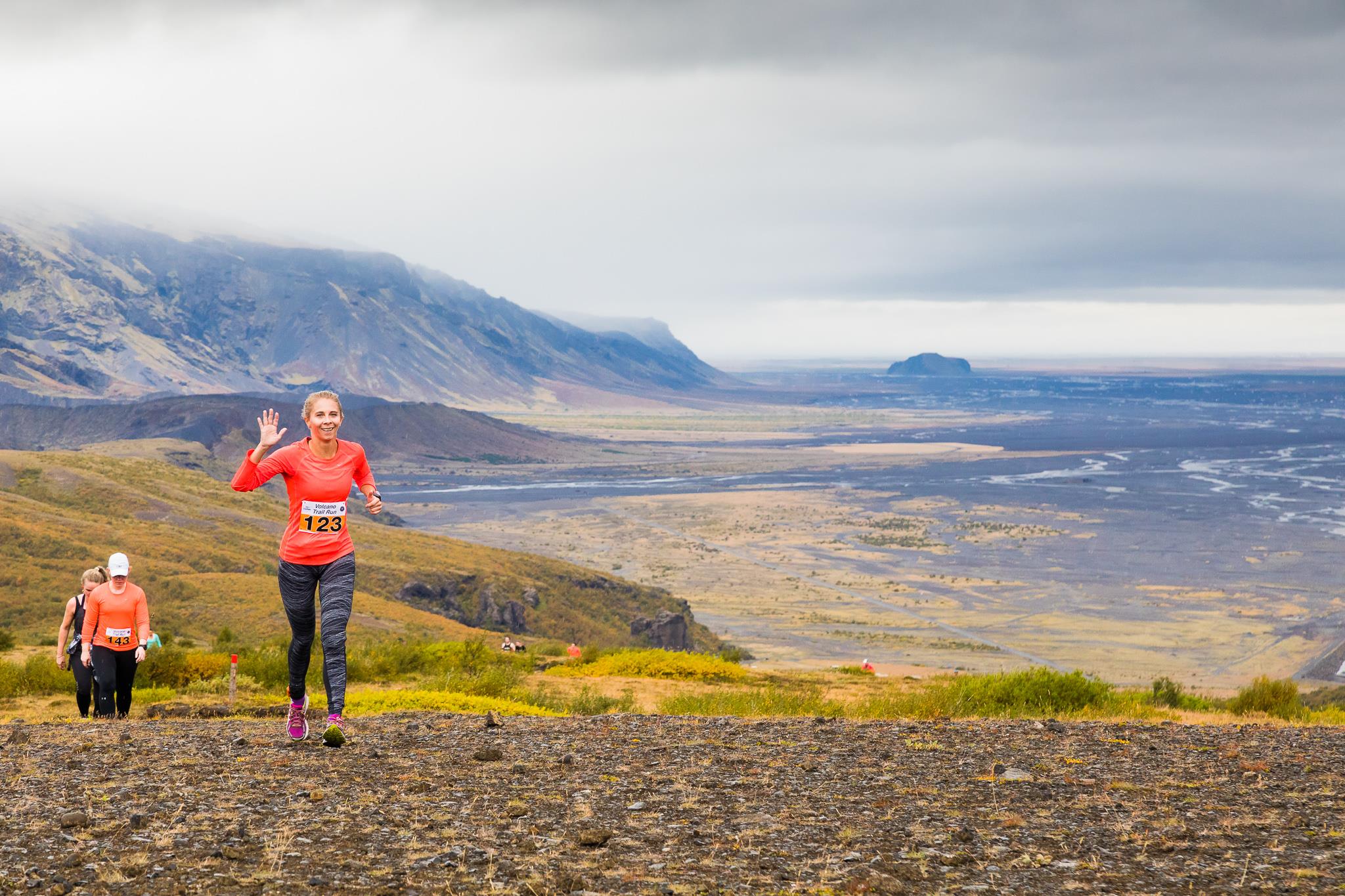Torshavn, the capital of the wonderful Faroe Islands, is the home of a perfect destination marathon. The course itself is spectacular, and there is so much to see and do on these 18 wondrous islands that for so long have remained one of Europe’s best kept secrets.
Running up that hill
There were three of us from the Running in Iceland website that decided early in February to take part in the Torshavn Marathon, held in the first weekend of June every year. After carefully studying the course we realized that traditional marathon training wouldn‘t serve us too well here. The Torshavn Marathon is unlike any other race. With 500m of elevation gains we were not going for a PB but to have a good time on what must be one of the most scenic marathon courses in the world.
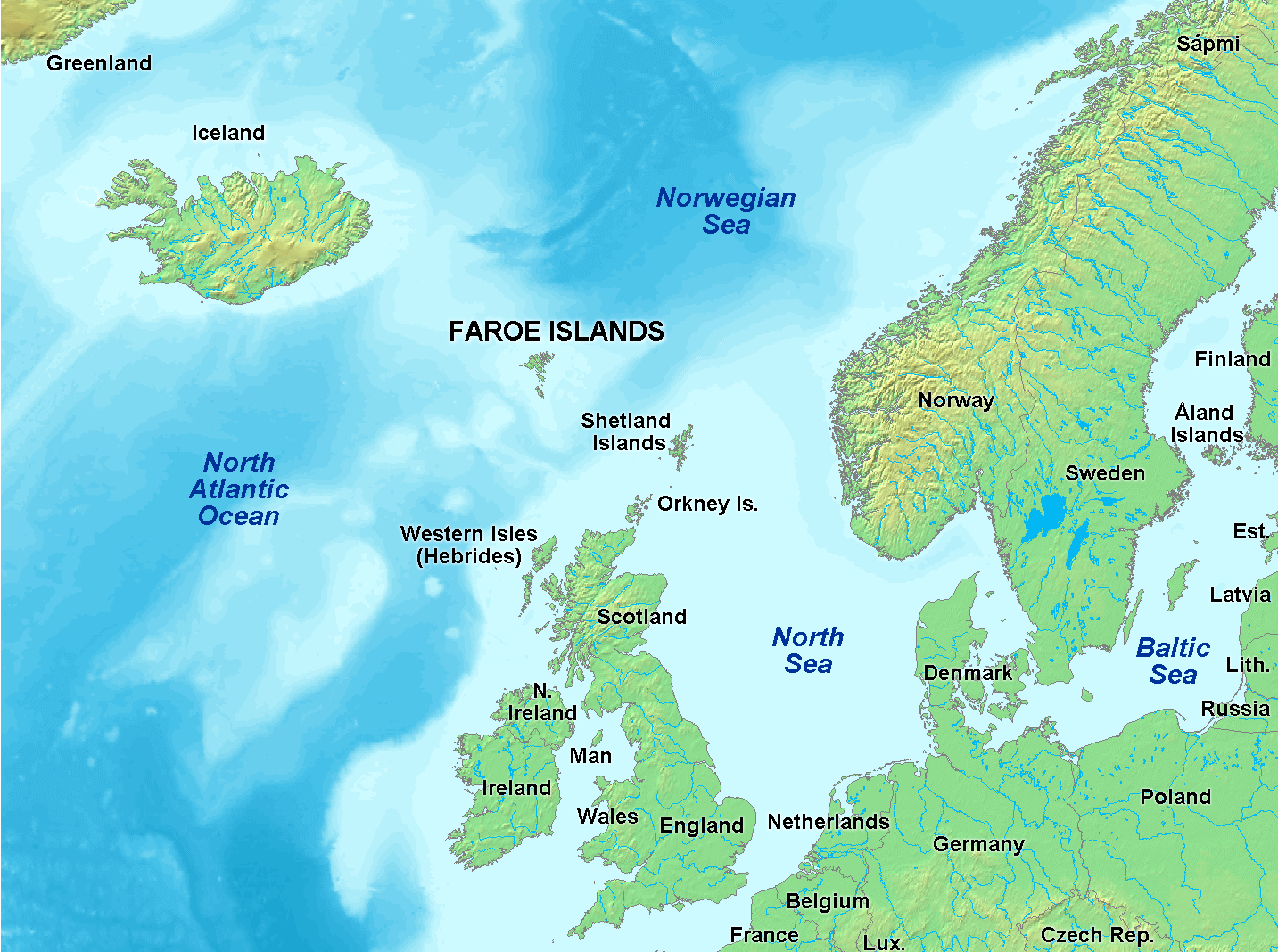
Torshavn is just over an hour flight from Reykjavik airport, so it is very easy to combine with a trip to Iceland.
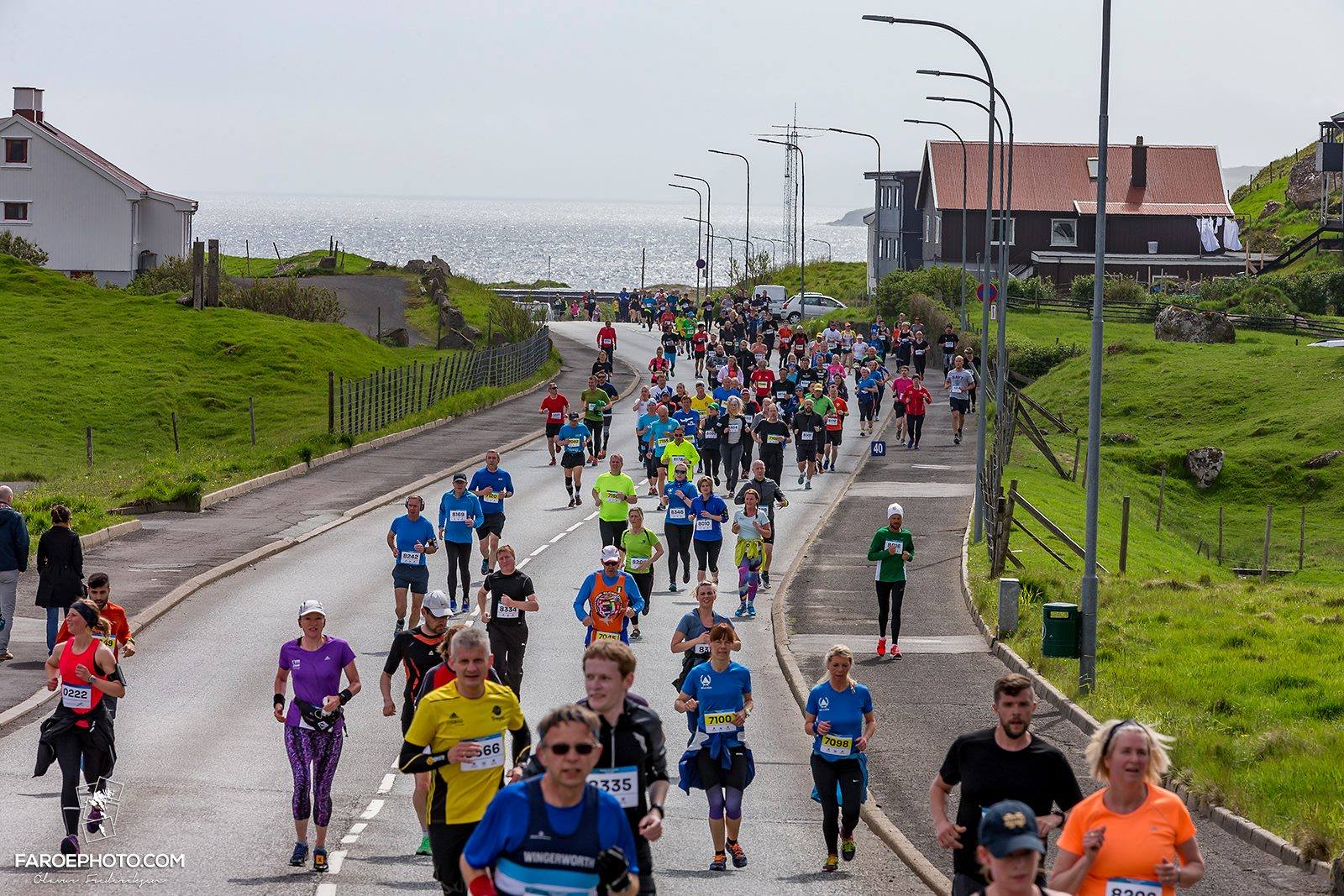
The night before the race was very lively as it was Torshavn’s annual cultural night. The town was full of people, live music was everywhere and museums and shops were open until late. It was tempting to participate in all the festivities but as we had the small matter of a marathon coming up we settled for buying the classic Faroese woollen sweater and some Faroese artwork.
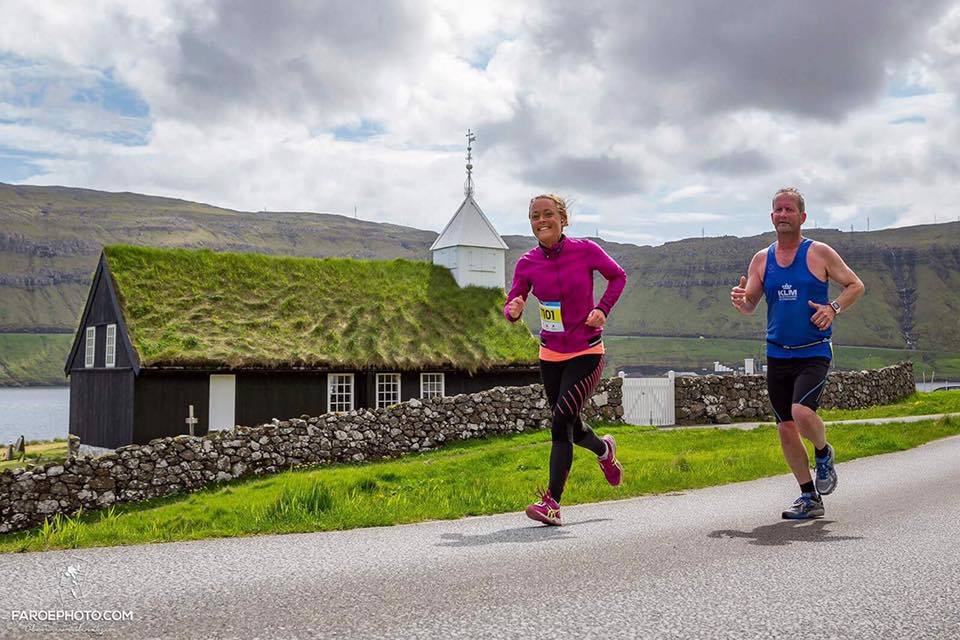
Glorious sunshine
The race started around noon on Saturday at the square in front of the city hall. Around 150 runners from 25 countries were registered for the full marathon but it was also possible to run or walk the half marathon.
The race started with a very scenic 8 km tour around the lovely and romantic Torshavn with its many turf-roofed timber houses. It was surprisingly warm and sunny but that has actually been the case for the last three years at least. We felt almost too warm!
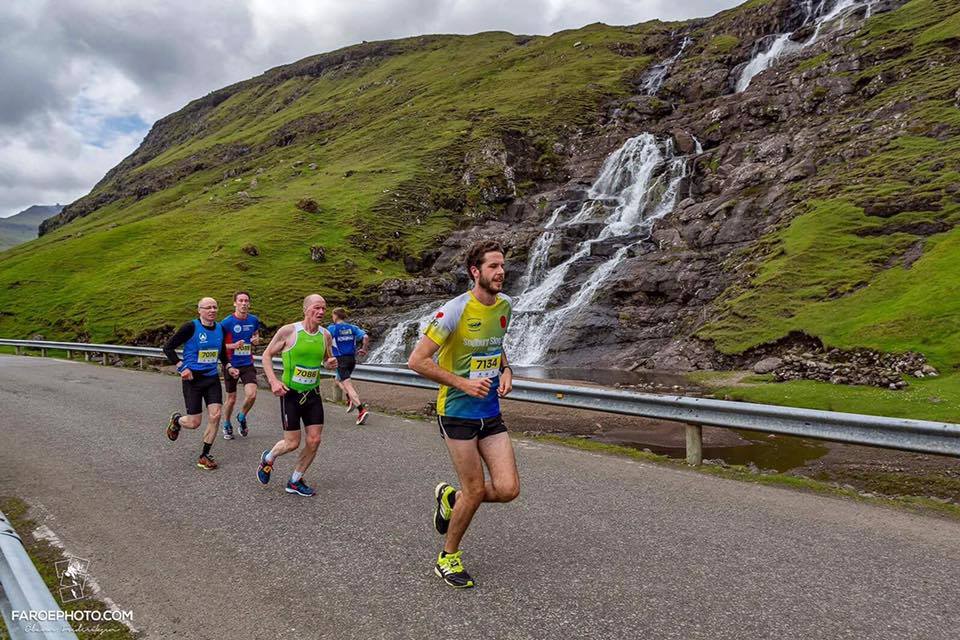
As we got out of town and to the countryside we ran towards the bottom of a long fjord called Kaldbaksbotn. The hills were too many to count, many with long and gradual ascents but very steep descents. The part of the course outside of Torshavn takes you in and out of Kaldbaksbotn and back, so every time you run down a hill you can look forward to running up it later in the race!
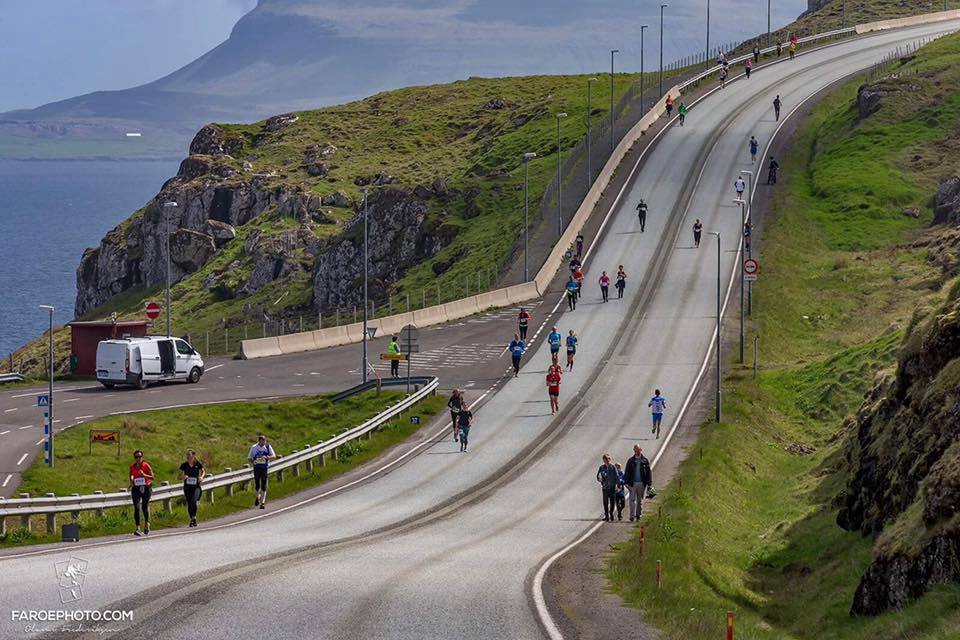
We had been told by race organisers to expect to be 10-20 minutes slower than we would be on a fast marathon course.
The road along the fjord was closed for traffic and there were no villages on our way until we reached the turning point in the small picturesque village of Kaldbak on the other side of the fjord. Almost no one was around except for us runners and it was unbelievably quiet and tranquil. The beauty of the landscape was almost indescribable as we ran along the coast, with breathtaking views over the ocean, the islands across the water and the mountains with its hillside waterfalls and tiny creeks finding their way to the ocean.
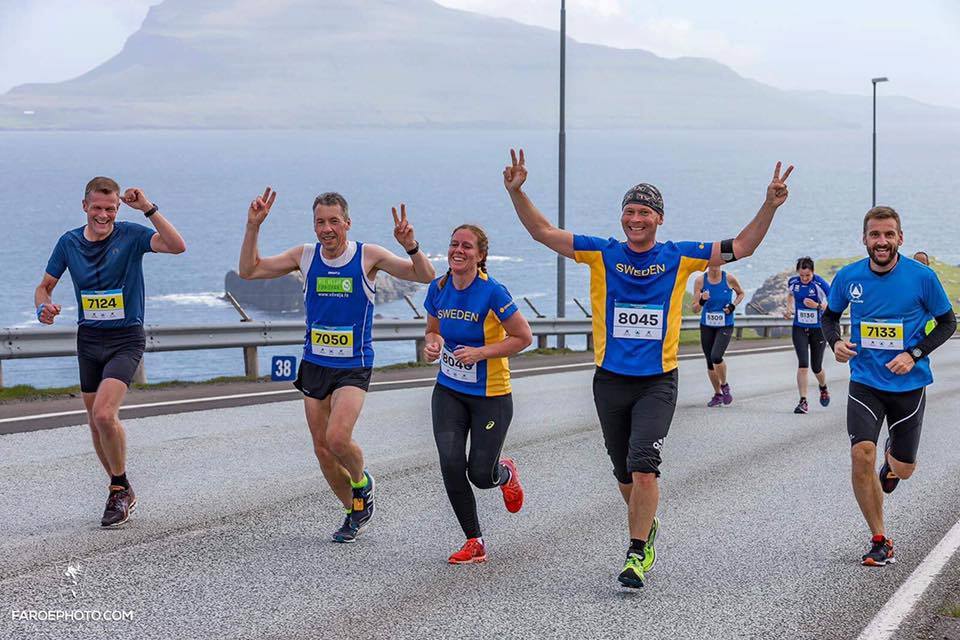
Unusual supporters
There were not many spectators along the route, not surprising considering that the population of Torshavn is only around 20 thousand and many of them perhaps still recovering from the party the night before. But the atmosphere was festive and we could hear people cheering for Iceland. Running up one of the steepest hills we ran past some Faroese teenagers who did the Viking clap, made famous at the 2016 Euros, something that always helps us Icelanders to get through tough times!
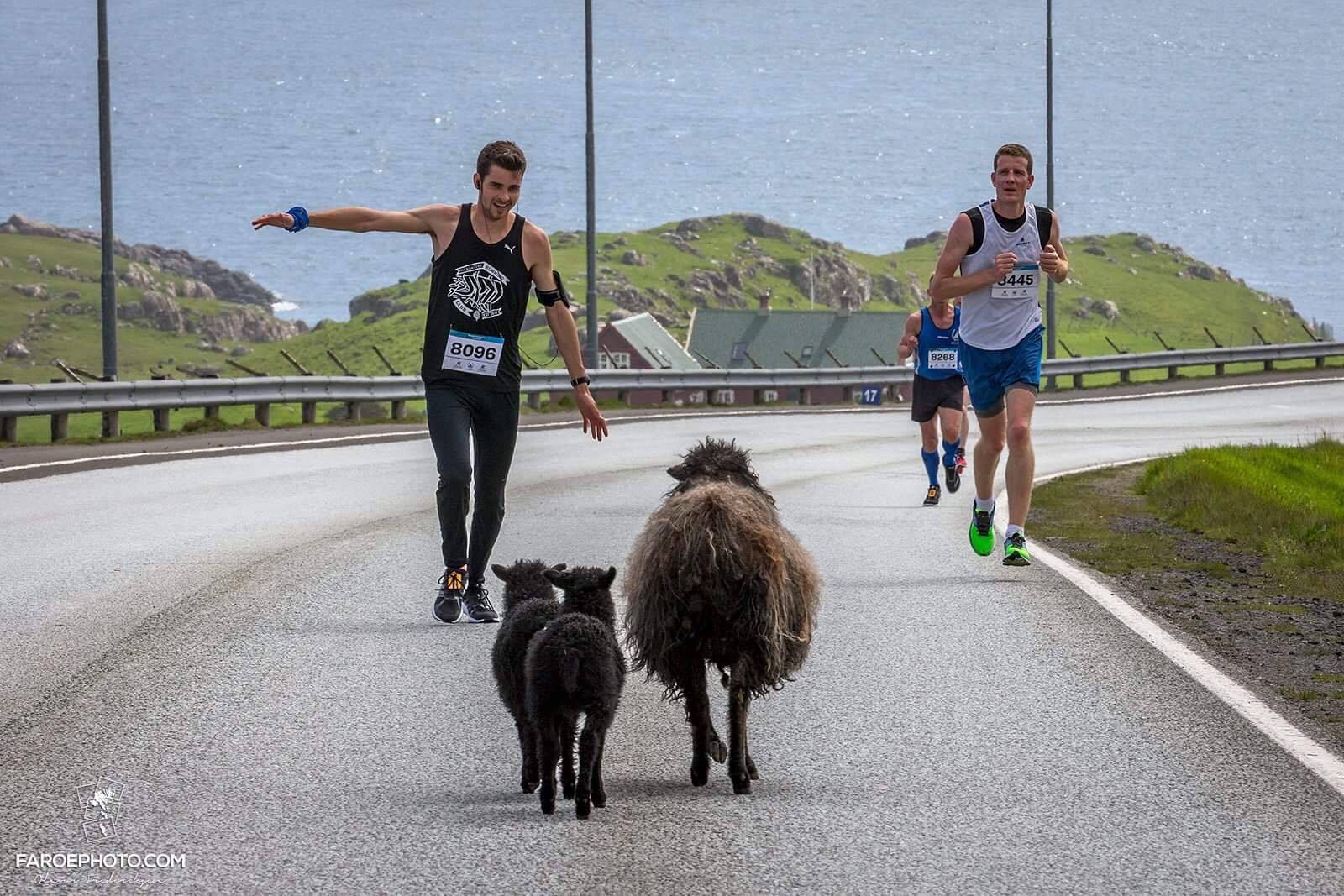
The biggest support came however when we ran past the retirement home, as the residents were all out in front of the home with Faroese flags, horns and whistles cheering us on.
For the largest part of the course however we saw more sheep than people, most of them with beautiful little lambs next to them. Not something you see every day in a marathon!
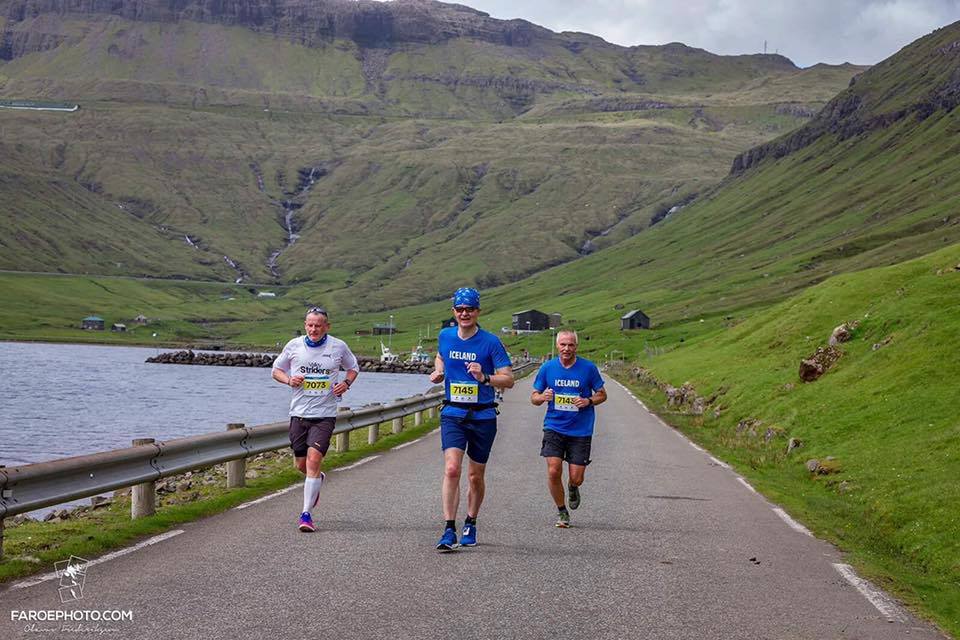
Almost there
The turning point on the other side of the fjord was the start of the only part of the course that was anywhere close to being flat, but it didn‘t last very long and soon after we reached the bottom of the fjord again things started to get a little tougher. The hills we had run in the beginning of the race were now getting closer, including the two largest and steepest hills.
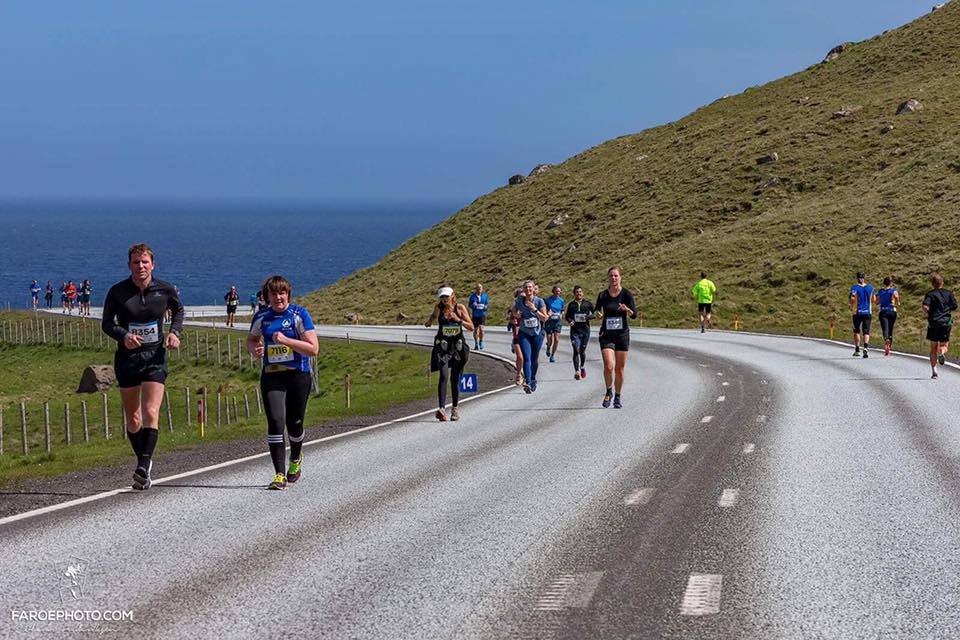
The local runners looked very strong and were clearly used to the hills and fortunately our hill training seemed to have gone well enough. We were starting to look forward to have the beautiful medal with the Thors hammer around our neck and raced up the steepest hill as fast as we could (i.e. not very fast!). At the top was an aid station and we made a toast in water and energy drinks with the very friendly and encouraging staff.
The last part of the course was more or less downhill back to the centre of Torshavn where the race had started.
As we reached the finish line the celebrations had started on the town square and we celebrated the finish with our fellow runners. Soup, beer and cake were offered to us hungry runners and we lingered in the glorious sunshine after race.
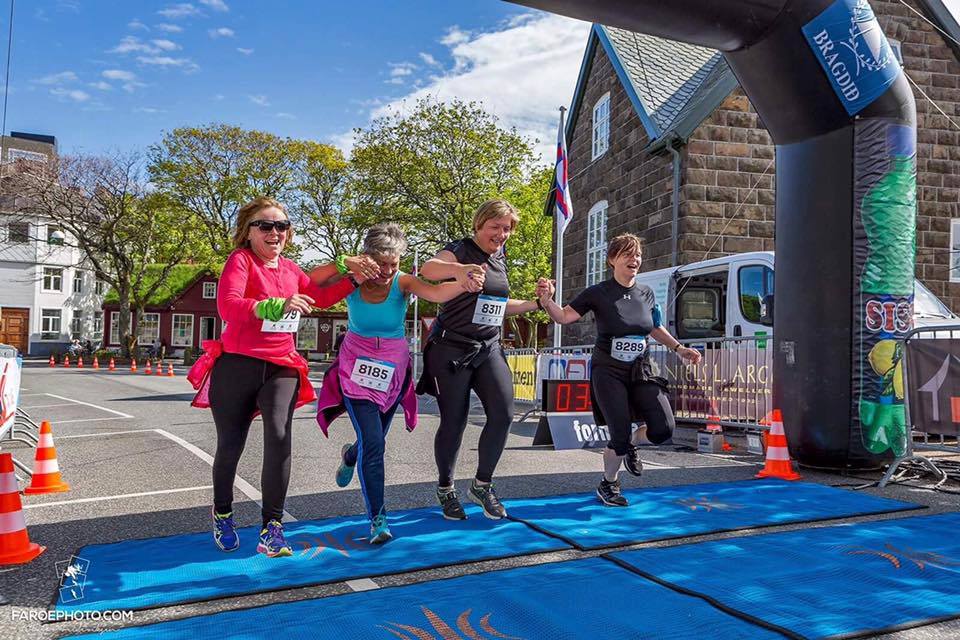
What a race
The size of the race or rather its smallness invites a lot of interaction with other runners. We saw runners on the airplane, in town the night before the race, at restaurants and the most popular tourist stops after the race. Talking about running with other runners is never tiresome so we made many new friends during our four day stay.
The Torshavn Marathon has grown every year. The race started in 2003 and only a few years ago it was mostly locals who took part. This year however foreign participants were around 200, not surprisingly with more and more people discovering how unique this race is as well as the Faroe Islands as a destination with its unspoiled nature. The number of flights to the islands has increased and prices have dropped so clearly the race will grow even more in the next few years.
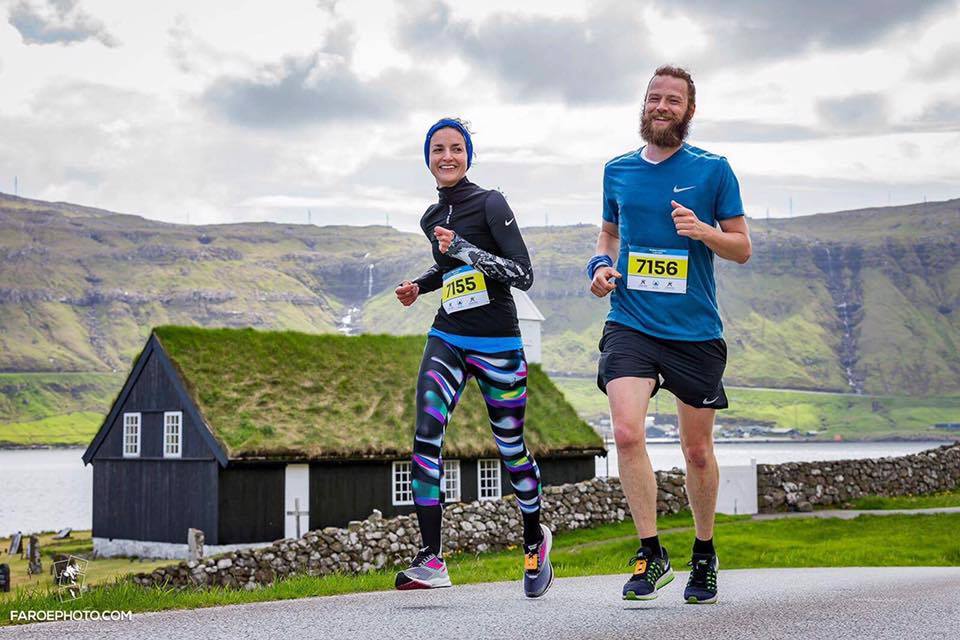
After the race we felt almost as energetic as the lambs we had so often seen during the race. We celebrated our achievement at Koks restaurant where we had an unforgettable night. Koks recently received the Faroes first Michelin star, so it would be wise to make a reservation soon for 2018!
We are already thinking about our next trip to the Faroes. Apparently, there is a very beautiful half marathon in Vágar in September….
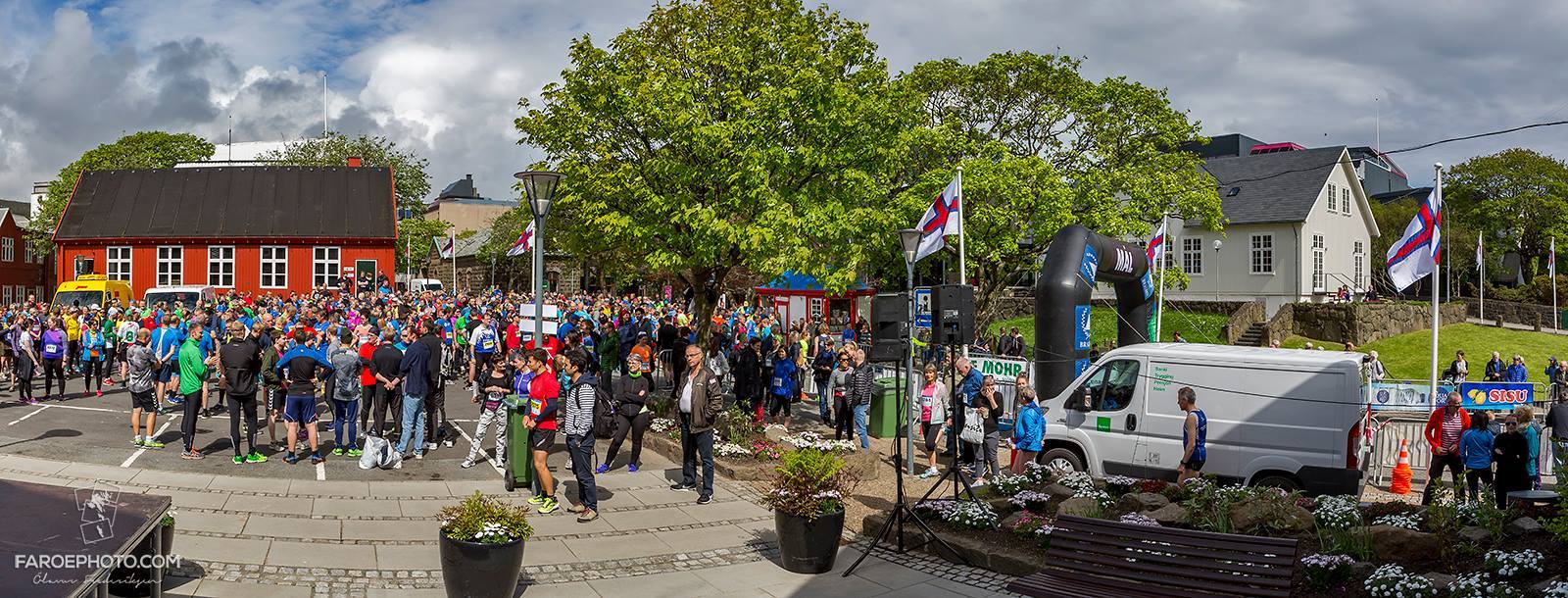
Photos : Torshavn Marathon and Faroes Photos.
